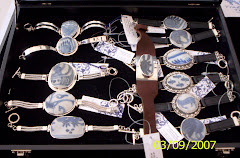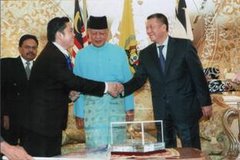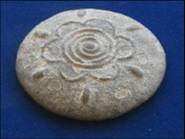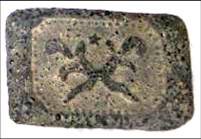Extracted from The Strength of Malaysia – by Allington Kenneth
Pg 2 -7, The Straits Times Annual, 1964
In Spite of ‘ confrontation’ and misunderstanding by two of her biggest neighbours the Federation of Malaya, (Singapore) , Sarawak and Sabah is assured of a flourishing future of the great human and material assets of its many people. – How true!
The hostility of Indonesia and Philippines has reinforced every argument for Malaysia. Their bitter conclusion is that they would prefer Malaysia not to work. The Philipines Government has failed claim of North Borneo ( Sabah ), while Indonesia believed that both North Borneo and Sarawak should be part of the Indonesia Republic.
“Confrontation” was an unexpected background to the end of British colonial rule in South East Asia. It was as though the Indonesian would welcome British withdrawal only if permitted to fall upon the Borneo States and add them to Soekarno’s empire.
Most of the original doubts which the Borneo States had about Malaysia had disappeared even before ‘ confrontation’ supplied a new and urgent reason for federation. The Borneo States are too small to stand by themselves, while Malaysia quite obviously needed Singapore as much as Singapore needed Malaya.
Politically separated, economically Singapore and Malaya have been partners because they could not be anything else. Singapore has been the gateway and the commercial capital of Malaya.
Sarawak traded with and through Singapore. As for Sabah, the merchants of Singapore were trading with the Sultan of Sulu, the overlord of North Borneo, long before the Chartered Company became king. More so than ever for both, after they became Crown colonies at the end of the Japanese Occupation.
Brunei has not joined Malaysia because of failure to agree on the Sultanate’s oil royalties which the Malaysia Government thought should become federal revenue in another ten years’ time.
Despite all these, in 1959, a new One Dollar banknote was issued with the picture of a fisherman’s boat, signature by Tun Lee Hau Shik and had a security stripe together with a watermark of a tiger’s head. It was printed by Thomas de la Rue co. Ltd. London.
In 1961, a new Ten Dollars with a farmer plowing the rice field with the signature by Tun Tan Siew Sin was issued. It also had a watermark of a tiger’s head – both with captions on the observe that read:-
“ This Note is Legal Tender for Ten Dollars in the Federation of Malaya, Singapore, Brunai, Sarawak and North Borneo.”
And Crest of these five respective territories on the reverse sides.
Eventually, the role of printing was taken over by Bank Negara, Malaysia established in 1963.
Although Singapore eventually left Malaysia and Brunei was never part of the pact; however,
this unique collaborations and understandings in the common issuance and utilization of banking notes within 5 territories of 3 sovereignties was instrumental to the eventual formation of ASEAN!
Subscribe to:
Post Comments (Atom)




















No comments:
Post a Comment